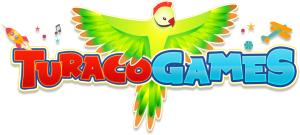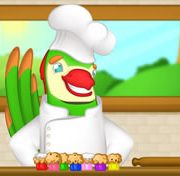Parts of Plants – Science Game for Kids
This science game helps children review knowledge of the parts of a plant. It is suitable for kindergarten and junior primary school first grade learners.
- Key Science Facts
- Roots hold plants in place and take in water and minerals from the soil.
- Stems hold up leaves and flowers – they have tubes that take water to different parts of the plant.
- A trunk is the stem of a tree.
- Plants have roots that grow into the soil.
- Trees have branches.
- Plants needs good soil with minerals and water.
- Leaves come in many shapes and sizes.
- Simple leaves have only one leaf blade – with a midrib, blade and vein
- Compound leaves are made up of many leaflets.
- Needles are narrow leaves with parallel veins
- Leaves – pine, holly, oak, maple, white spruce, birch, magnolia, willow, ash
- Leaves make food for plants through photosynthesis.
- Leaves use energy from sunlight, water from the ground and a gas called carbon dioxide.
- Leaves take in carbon dioxide and give out oxygen.
- Flowers make seeds that will grow into new plants.
- Birds and other animals scatter seeds.
- Birds take seeds to new places.
- Some seeds catch the wind and fly.
- Game: The Kango Boomerang Game is a time-limited game of drag and drop activities.
Young children study different plants and the parts of plants. Students learn plant parts and what plant parts are used for in relation to each plant. Key information elements to be taught in life science prior to playing Parts of a Plant game are: Roots hold plants in place and take in water and minerals from the soil.
Stems hold up leaves and flowers – they have tubes that take water to different parts of the plant. A trunk is the stem of a tree. Plants have roots that grow into the soil. Trees have branches. Plants need nutrients and so on. When children play Parts of a Plant game they are given a variety of questions with multiple choice answers. From the selections, they are to drag and drop the correct answer in the blanks. On the following screen is a colorful kangaroo throwing a boomerang toward a bird. If the student chooses the correct answer, the boomerang comes back and the kangaroo is able to catch it. If the student gives an incorrect answer, the boomerang comes back and hits him in the head. This game is perfect for science partners to play in between other science activities.
Stems hold up leaves and flowers – they have tubes that take water to different parts of the plant. A trunk is the stem of a tree. Plants have roots that grow into the soil. Trees have branches. Plants need nutrients and so on. When children play Parts of a Plant game they are given a variety of questions with multiple choice answers. From the selections, they are to drag and drop the correct answer in the blanks. On the following screen is a colorful kangaroo throwing a boomerang toward a bird. If the student chooses the correct answer, the boomerang comes back and the kangaroo is able to catch it. If the student gives an incorrect answer, the boomerang comes back and hits him in the head. This game is perfect for science partners to play in between other science activities.



 (206 votes, average: 3.69 out of 5)
(206 votes, average: 3.69 out of 5)




